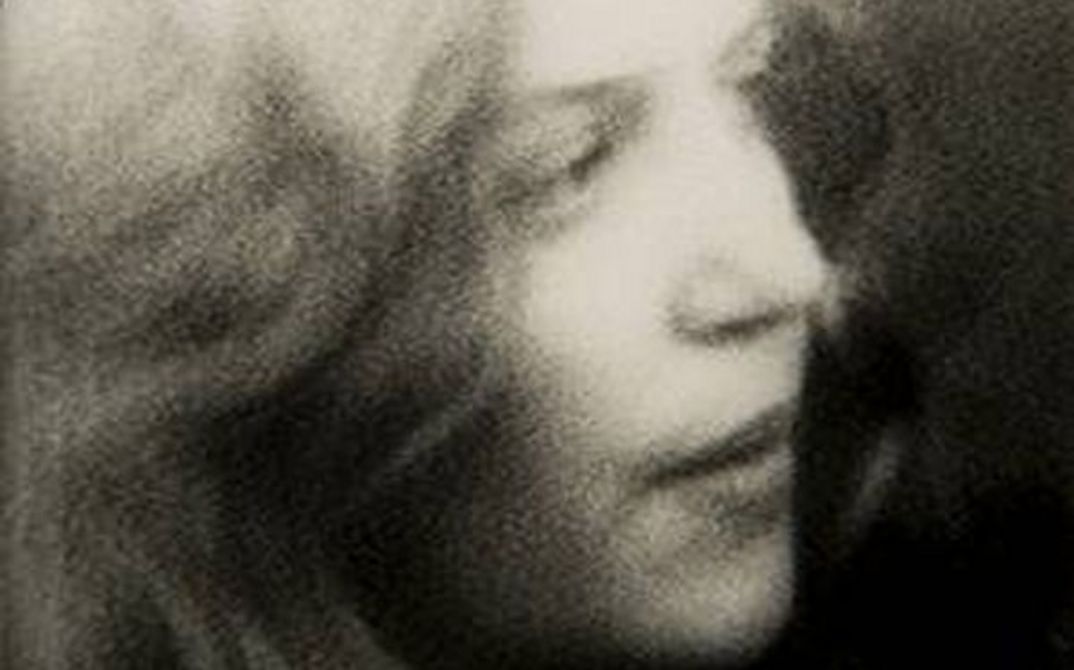The following could be read in the Berlinale Forum catalogue in 1975: “ANNA (by Alberto Grifi and Massimo Sarchielli) is a video cassette recorded in 1972-13 which Grifi transferred to 16mm film in 1975 with a device of his own invention, the “vidigrafo”. (…) It shows the real-life situation of Anna, a 16-year-old pregnant drug addict who Sarchielli got to know on the Piazza Navona and eventually allowed to move in with him. At the same time, the directors filmed what was happening in Rome in the milieu of the marginalized.” Constanze Ruhm came across this central work of the Italian (post-)68-movement as part of her research. In a film essay, which she worked on with Emilien Awada and will be presenting as an introduction, she places the character constellations that give the film its structure in an analytic relationship with the cinematographic apparatus and its archives. (stss) (8.5.)



